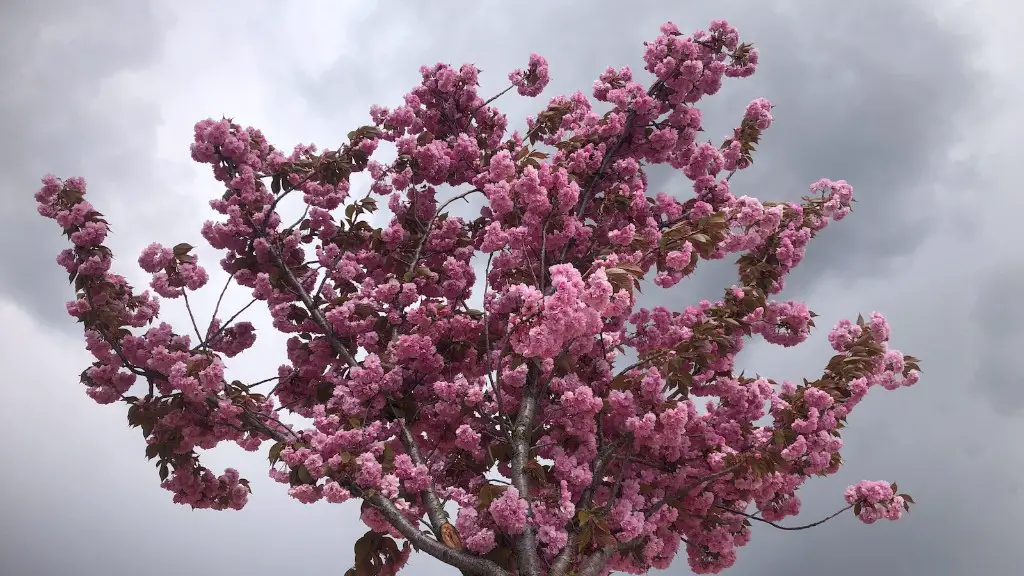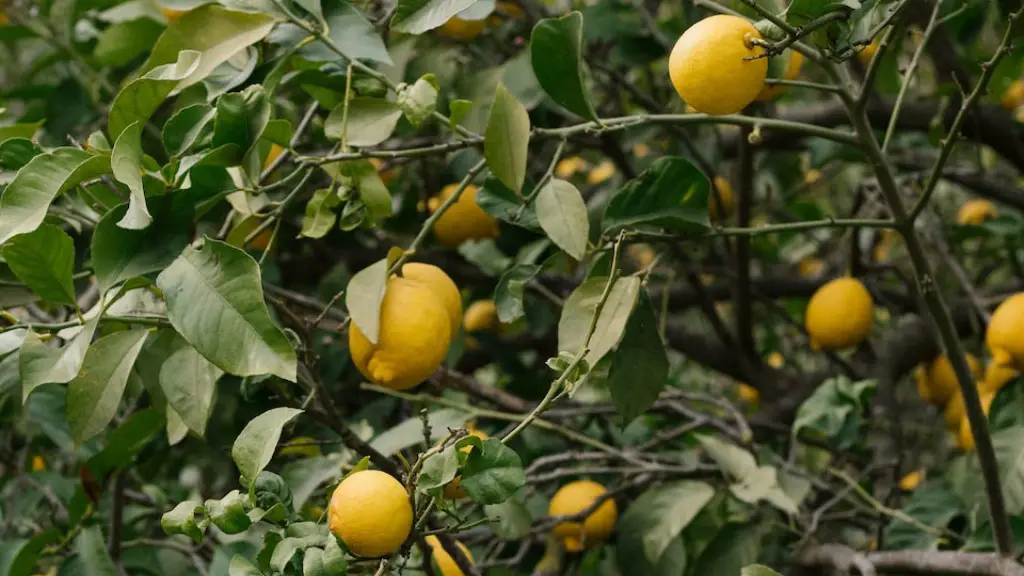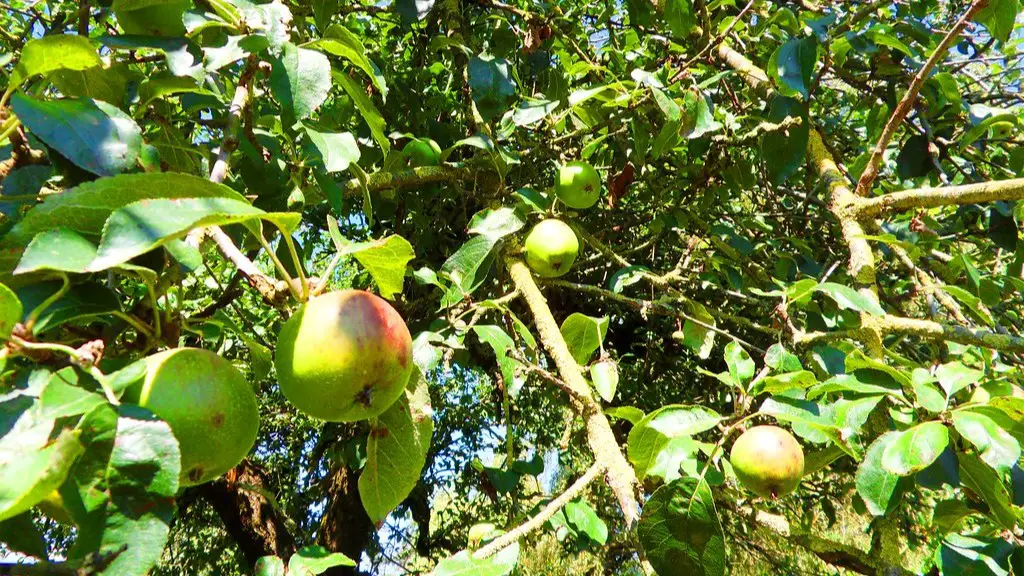Know the Type of Tree Before You Begin Pruning
Pruning a dwarf weeping cherry tree is an important gardening ritual, but it is important not to prune indiscriminately. Before you begin pruning or trimming, you need to know the type of tree you have and whether it is a ‘true’ dwarf tree or a semi-dwarf tree.
Dwarf trees reach a maximum of six to eight feet in height and spread three to five feet wide. They are slow-growing and require little maintenance, however, pruning is important for the growth and strength of the tree. Semi-dwarf trees on the other hand, can grow to a maximum of 18-20 feet and should not be pruned as heavily as dwarf trees.
The Right Time for Pruning
Pruning is best done after the tree’s dormancy period has ended, which is usually around the beginning of spring. Pruning during the dormant period encourages new growth, making the tree prone to damage or disease caused by cold weather.
In terms of the pruning tools you need, you will need secateurs, pruning shears, loppers, pruning saws and a rake. Note that when pruning trees, it is important to remove dead or diseased branches to prevent the spread of disease.
Thinning and Shaping
Once you know the type of tree you have and are ready with the right tools and the knowledge of when to prune, the next step is to thin the branches. Thinning the branches helps to promote a stronger tree, as well as encourage more flowers.
To do this, start from the bottom and work your way up, removing any branches that are rubbing against each other or crossing over each other. Don’t be afraid to remove branches that are thick or blocked out the light. This will create an open center, allowing more air and light to circulate.
Shaping the tree is just as important as thinning. Use pruning shears to trim off any small branches that are at odd angles or are too long. Make sure to make clean and precise cuts, starting at the main branch and working down.
Staking
If your tree is starting to lean or is at risk of toppling over, you may need to stake it. To do this, use a strong and sturdy stake to prevent the tree from falling over in strong winds or heavy rain.
Make sure the stake is at least two feet deep into the soil and anchored securely. If possible, use two stakes at the sides of the leaning tree so that it is more securely staked.
To ensure the tree doesn’t lean towards the stake and risk breaking the stake, tie a string or heavy ribbon loosely around the tree. This will help hold the tree in place while it re-establishes its centre of gravity.
Mulching
Mulching is beneficial for trees as it helps to conserve soil moisture, suppress weeds and prevent disease. To mulch your tree, use a three-inch layer of organic material, like bark chippings or compost. Make sure to keep the mulch away from the base of the tree and avoid piling it in the trunk or the root.
Fertilizing
Fertilizing your tree will help keep it healthy and strong and is best done after pruning and mulching. Fertilizing should be done in the spring and fall, using a balanced fertilizer that is low in nitrogen, as too much nitrogen can lead to overgrowth. Apply the fertilizer in a band around the tree, ensuring it is spread evenly and not in clumps.
Watering
As with all plants, your dwarf weeping cherry tree needs water to survive. Water regularly and deeply, to the point where the entire root system is moistened. When watering, make sure to use an oscillating sprinkler to disperse the water evenly and avoid getting the foliage wet.
Disease and Pest Prevention
Pruning and fertilizing a tree are important for its health, but you should also inspect your tree for signs of disease or pests. If you notice any discoloured leaves, spots, lumps or damaged branches, contact a certified arborist for advice.
Pests can also be a problem for trees, so keep an eye out for any birds, rabbits or insects around the tree. If you spot any pests, make sure to get rid of them as soon as possible to prevent them from damaging the tree.
Conclusion
Pruning a dwarf weeping cherry tree is relatively easy and straightforward as long as you know the type of tree you have and when to prune it. Make sure to also thin and shape the branches, stake the tree if necessary, mulch it, fertilize and water to ensure your tree is healthy and strong.



